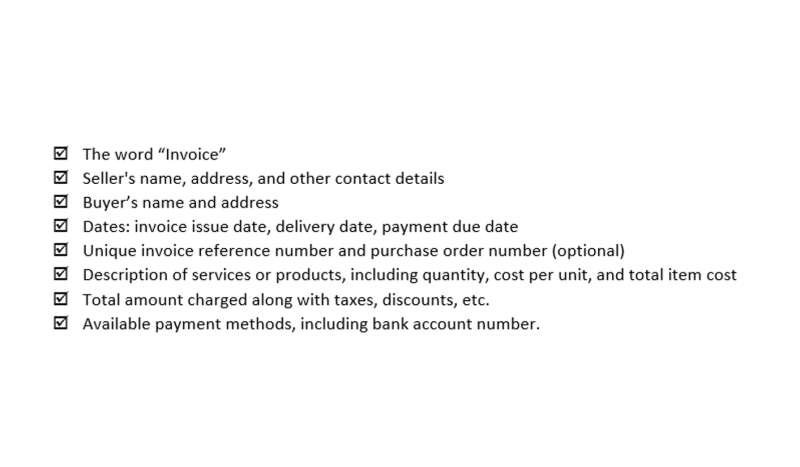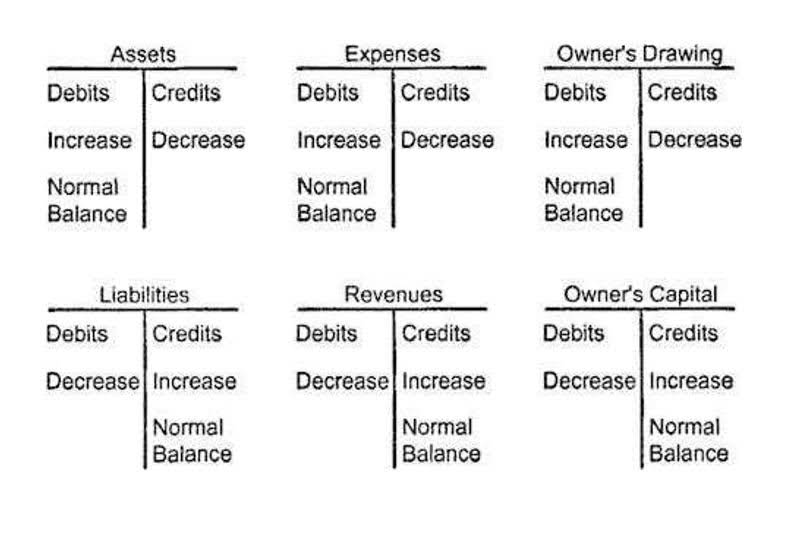
Regardless of the type of financial statement, any items that are material must be disclosed separately so users will not otherwise be misled. Office supplies of $2,000 per month used by BDCC in January 2015 might be a material amount and therefore disclosed as a separate item on the income statement for the month ended January 31, 2015. If annual revenues grew to $1 million, $2,000 per month for supplies might be considered immaterial.

Closing Entries Using Income Summary
To get a zero balance in an expense account, the entry will show a credit to expenses and a debit to Income Summary. Printing Plus has $100 of supplies expense, $75 of depreciation expense–equipment, $5,100 of salaries expense, and $300 of utility expense, each with a debit balance on the adjusted trial balance. The closing entry will credit Supplies Expense, Depreciation Expense–Equipment, Salaries Expense, and Utility Expense, and debit Income Summary. This way each accounting period starts with a zero balance in all the temporary accounts.

Posting the Closing Entries to the General Ledger
State whether each account is a permanent or temporary account. The business has been operating for several years but does not have the resources for accounting software. This means you are preparing all steps in the accounting cycle by hand. This is a non-operating or “other” item resulting from the sale of an asset (other than inventory) for more than the amount shown in the company’s accounting records. The gain is the difference between the proceeds from the sale and the carrying amount shown on the company’s books.
Closing income summary to retained earnings

All such information is provided solely for convenience purposes only and all users thereof should be guided accordingly. Chartered accountant Michael Brown is the founder and CEO of Double Entry Bookkeeping. He has worked as an accountant and consultant for more than 25 years and has built financial models for all types of industries. He has been the CFO or controller of both small and medium sized companies and has run small businesses of his own. He has been a manager and an auditor with Deloitte, a big 4 accountancy firm, and holds a degree from Loughborough University.
How do we find retained earnings?
This means that the new accounting year starts with no revenue amounts, no expense amounts, and no amount in the drawing account. In essence, the income summary acts as a temporary holding account that simplifies the closing process, allowing for a clear and organized transition between accounting periods. It plays a pivotal role in ensuring accurate financial reporting and maintaining a transparent record of a company’s financial performance over time. If the income summary account has a net credit balance i.e. when the sum of the credit side is greater than the sum of the debit side, the company has a net income for the period. Conversely, if the income summary account has a net debit balance i.e. when the sum of the debit side is greater than the sum of the credit side, it represents a net loss. There are three steps to preparing this form, all relatively simple.

If you put the revenues and expenses directly into retained earnings, you will not see that check figure. No matter which way you choose to close, the same final balance is in retained earnings. Closing entries prepare a company for the next accounting period by clearing any outstanding balances in certain accounts that should not transfer over to the next period. Closing, or clearing the balances, means returning the account to a zero balance. Having a zero balance in these accounts is important so a company can compare performance across periods, particularly with income.

Learning Activity 4.5 – Accounts Classifications
- Modern-day accounting software typically does the process of automatically debiting or crediting revenue and expense balances once the accounting period ends.
- Once all the revenue streams have been compiled, businesses credit them to transfer to the summary.
- ” Could we just close out revenues and expenses directly into retained earnings and not have this extra temporary account?
- Additionally, it is important to note that the income summary account plays both roles of the debit and the credit at the same time when the company closes the income statement at the end of the period.
- And finally, in the fourth entry the drawing account is closed to the capital account.
- The Income Summary account has a credit balance of $10,240 (the revenue sum).
The trial balance, after the closing entries are completed, is now ready for the new year to begin. If you have only done journal entries does income summary have a normal balance and adjusting journal entries, the answer is no. Let’s look at the trial balance we used in the Creating Financial Statements post.
Since your company did not yet pay its employees, the Cash account is not credited, instead, the credit is recorded in the liability account Wages Payable. An income summary account is effectively a T-account of the income statement. Since it is a temporary ledger account, it does not appear on any financial statement.
- In some cases, the auditor may assist management with aspects of financial statement preparation.
- Then, inversely to revenue accounts, the expense accounts are credited to reset them with zero balance and debiting the final account.
- It can also be called the revenue and expense summary since it compiles the revenue and expenses that stem from the operating and non-operating business functions.
- A company often employs a variety of accounting tools to keep track of its profits or losses and expenses.
- After the financial statements are finalized and you are 100 percent sure that all the adjustments are posted and everything is in balance, you create and post the closing entries.
- If the rented space was used to manufacture goods, the rent would be part of the cost of the products produced.


